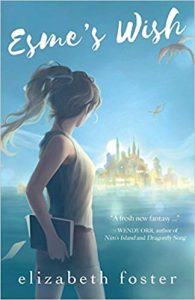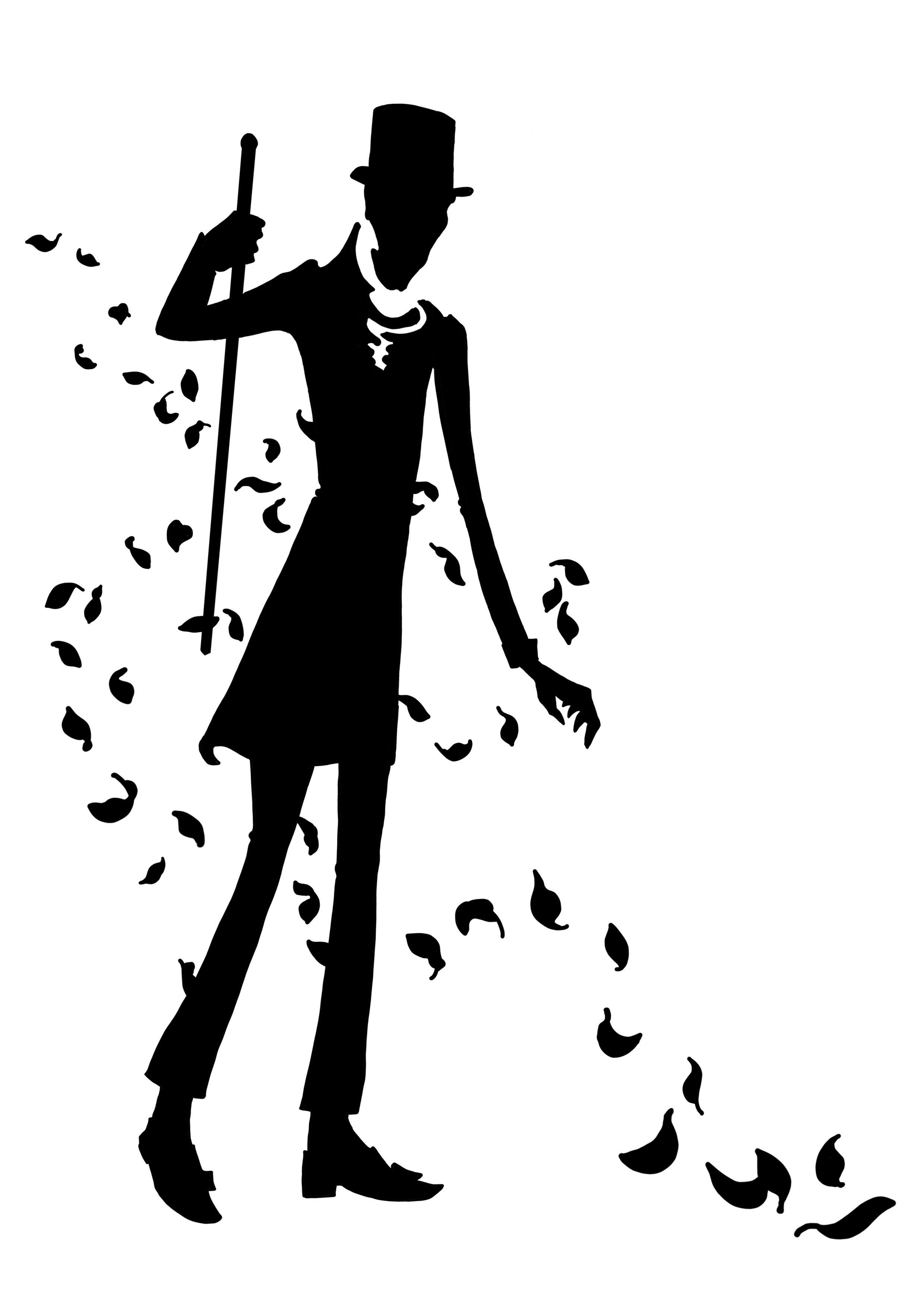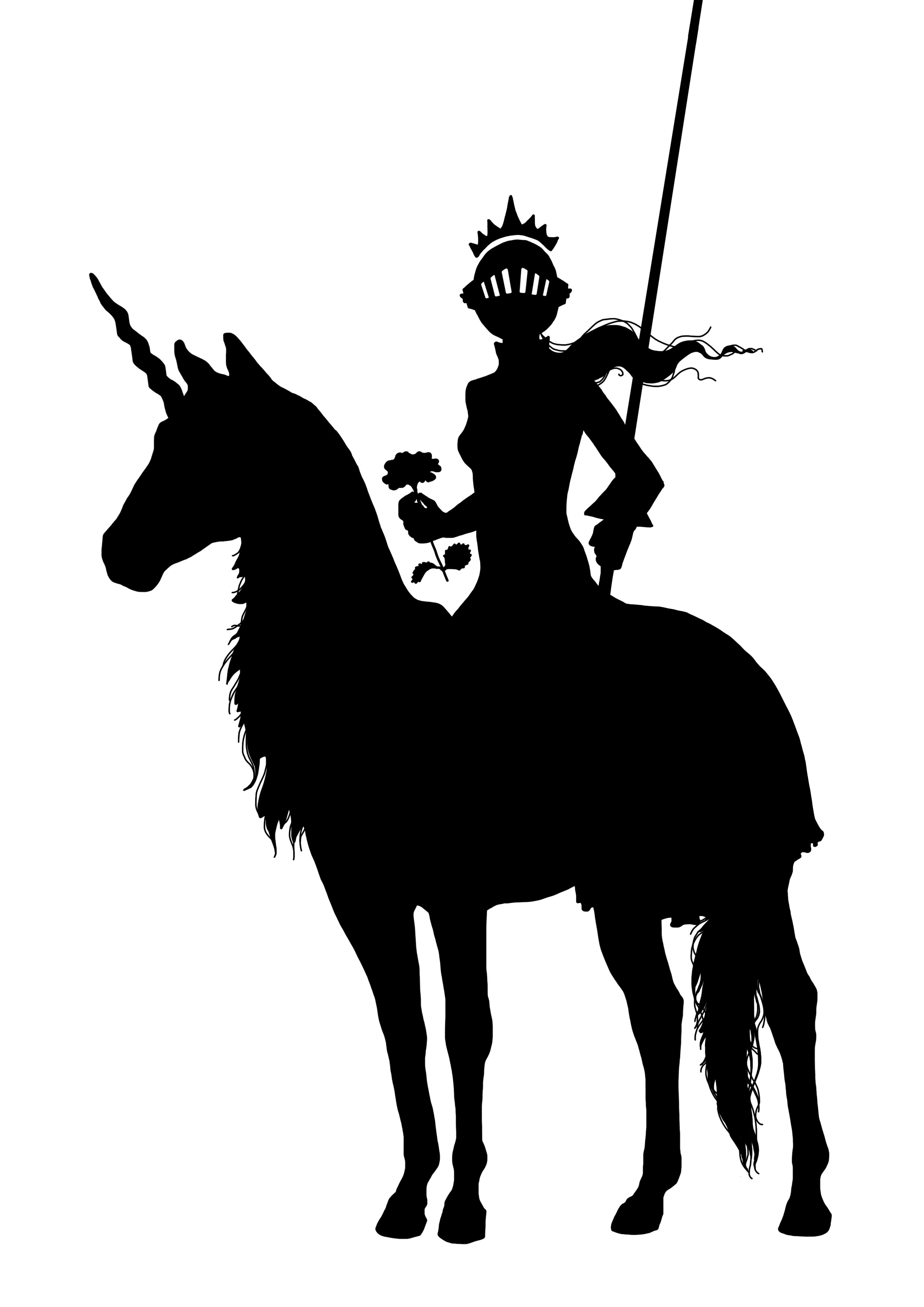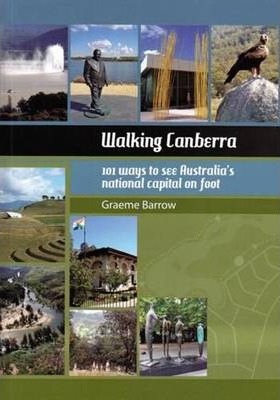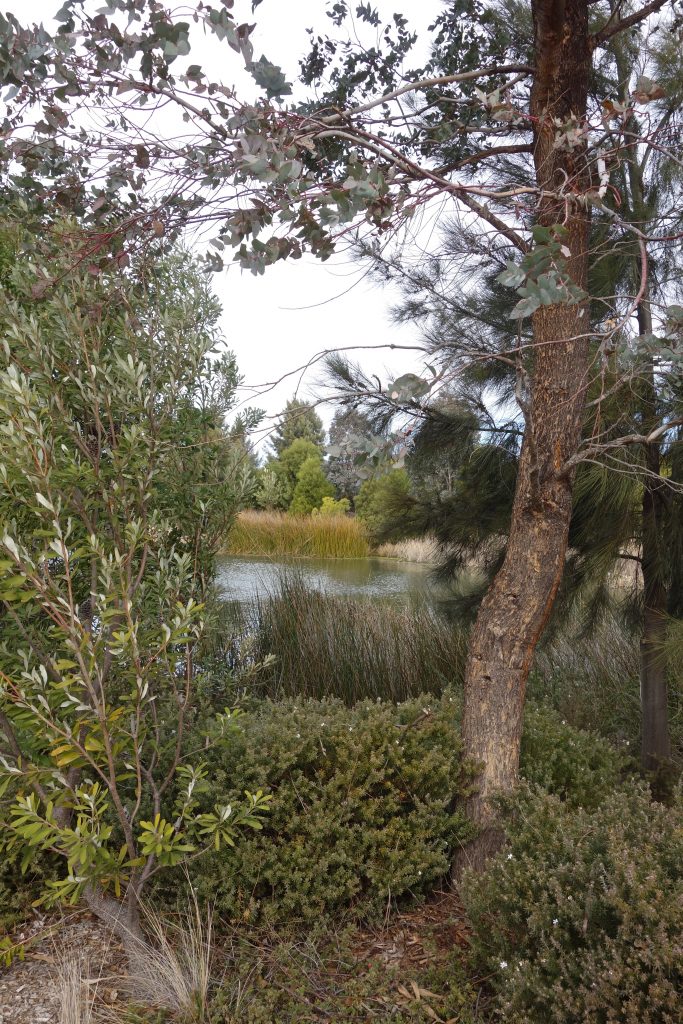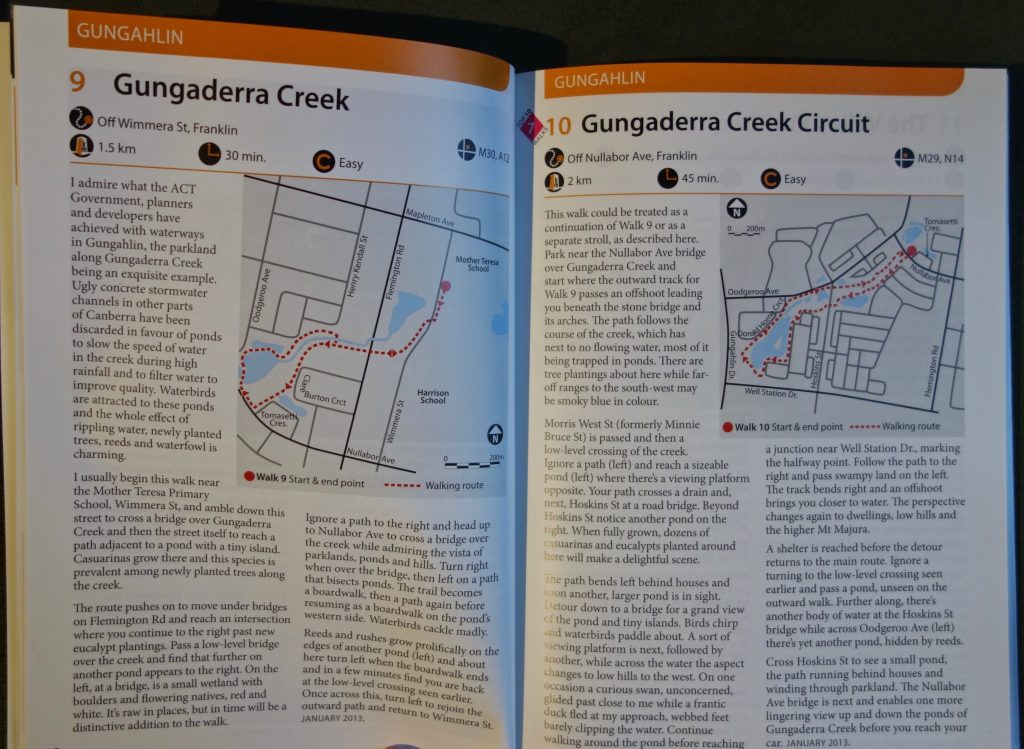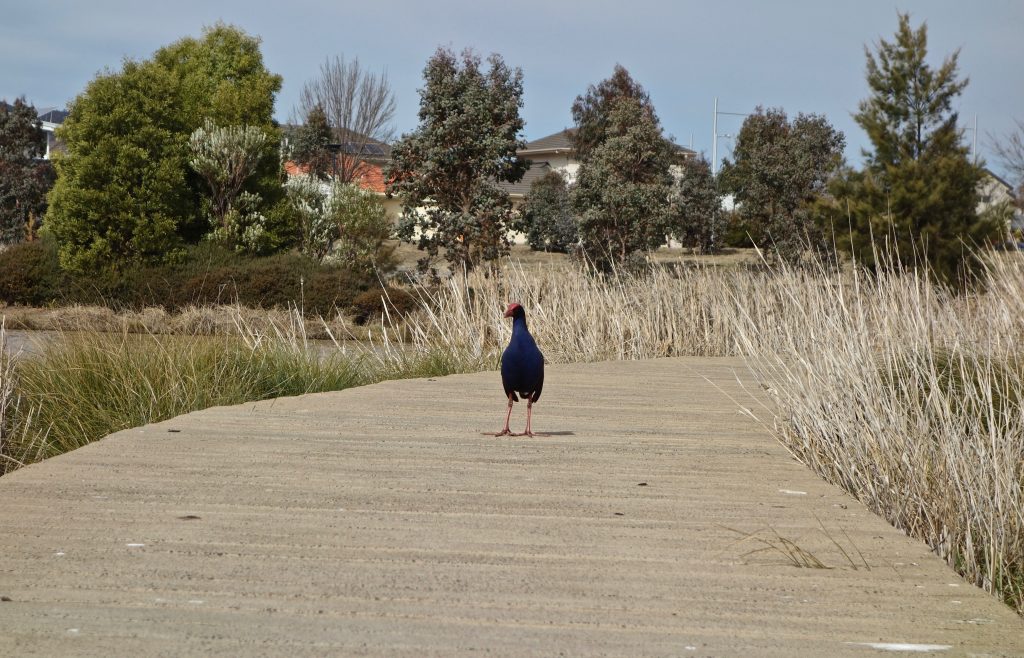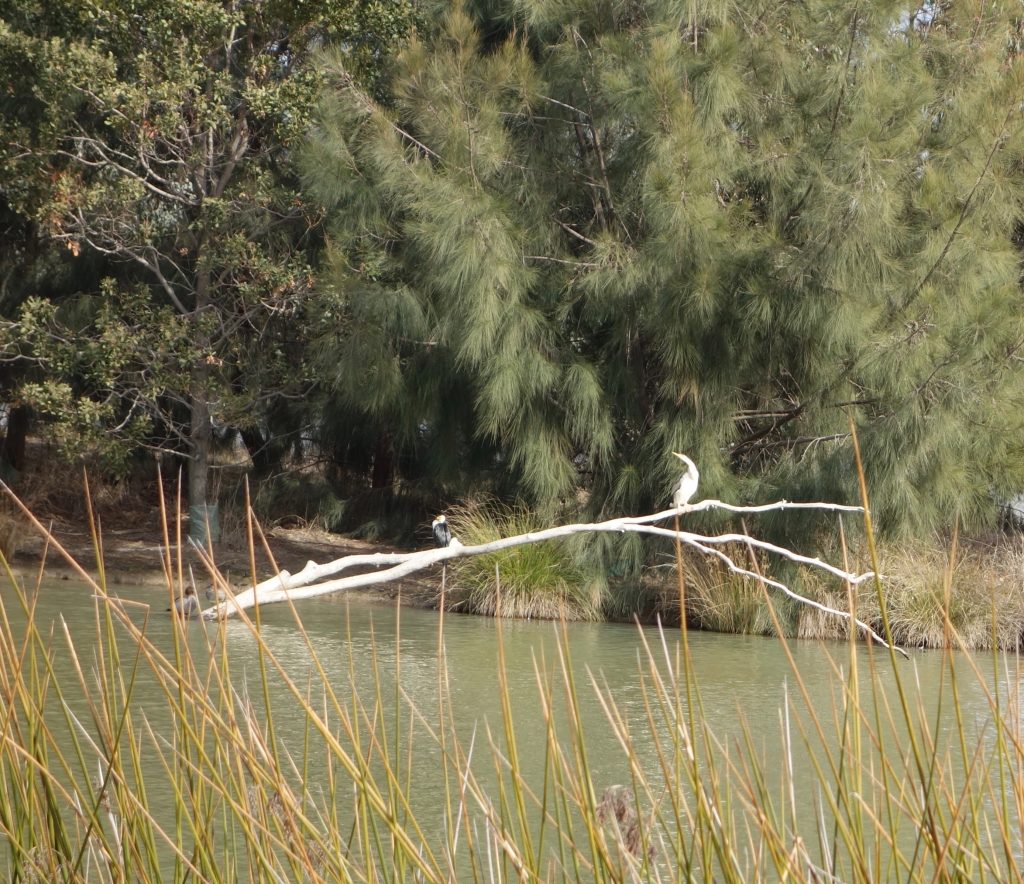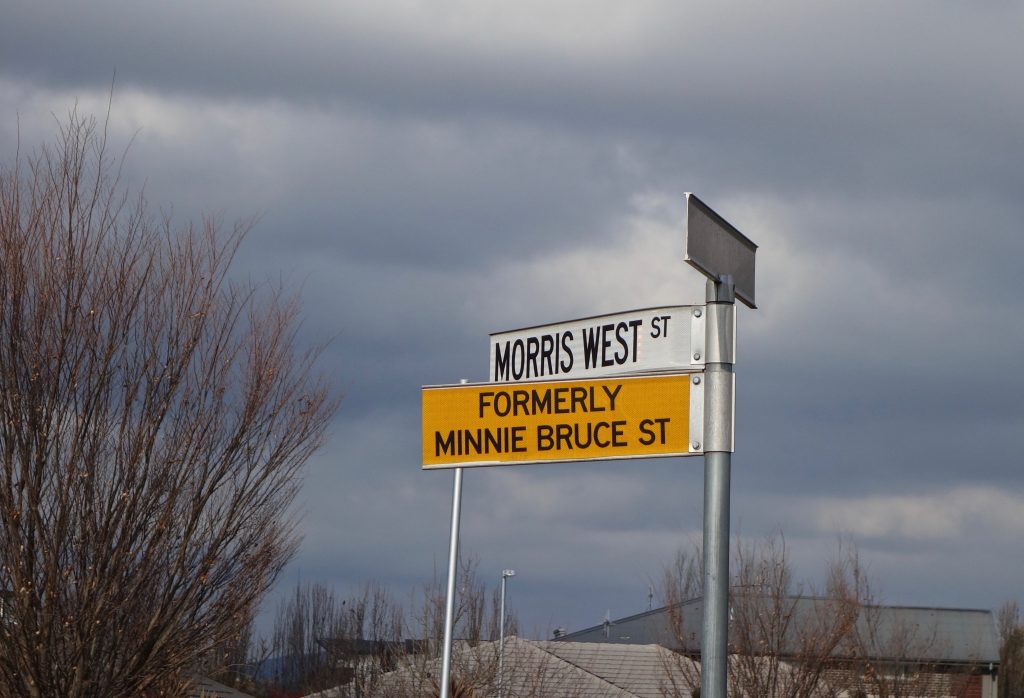A couple of months ago I engaged a promoter in California to find reviewers for my latest translated book, Stories to Read by Candlelight. He works at this by requesting my Twitter password and using my account to send out multiple requests to bookish Twitter users. I’m not convinced this was a good idea. A couple of reviewers accused me of spamming (though of course it was him acting as me) and in the end Twitter blocked me and I had to beg for two days to get them to let me back in.
Despite this, he managed to find several reviewers who are keen to read my book, but whether they all do remains to be seen. A few good reviews have been posted so far on Goodreads.
The promoter then asked me if I’d be interested in a little reviewing myself. I agreed, and he offered me an Australian novel for older children. Never having reviewed a book before, I had to read up on the correct process for saying what I liked and didn’t like. Here it is: my first ever book review.
Esme’s Wish is the first novel in a series by Elizabeth Foster, published by Odyssey Books in 2017. It was written for older children or young teenagers. The protagonist is a 15-year-old girl who has two friends about the same age. The book’s focus is the fantasy world that Esme slips into after her father’s second marriage, and since it does not deal too much with the emotional dramas that can accompany a new family arrangement, including a mean stepmother, I see it as more suitable for pre-teens.
I liked the focus on individual Gifts, reminding young readers that we each have one, but for some of us it takes a lot of living to discover it. While the Gifts in Aeolia are magical – various inhabitants breathe under water, walk on top of it, cast songspells, are not burnt by fire – the inference is that every human has a gift. As a teenager I would have liked to be told this. Another truth in Esme’s Wish is that we don’t know everything about our parents’ past lives and it might be painful to go searching. But I also liked knowing that Esme’s friends, Daniel and Lillian, supported her when she was searching for her mother.
For young readers, the many references to Greek mythology are a great introduction to the epics and the terms that have become part of Western language and culture. Also valuable to dwell on is the Pearl of Esperance that represents all those temptations we encounter, things that are sweet and hard to resist but do us harm in the end. It represents addictions, or even promises that we will get what we want if we just do this one forbidden thing. Esme’s Wish reminded me of Voyage of the Dawn Treader by C. S. Lewis in which some children escape reality through a painting, and there are ships and water and dragons in it, too. These are my kinds of story.
I really enjoyed the first half of the book that included Esme’s earthly family and her thoughts in Italics as she (and I) tried to understand the turn of events. In the second more fantastical half, the pace increased but the obstacles were quickly overcome and I was no longer guessing. I was keen to come to a resolution of Esme’s problem with her new family and how they would react to her discovery. However, I’ve just learnt that many novels are now published in series form, and it’s normal to leave things open at the end of the first one. I expect all will be revealed in the next book or books.
My favourite line is: ‘Just goes to show that you shouldn’t worry too much about whatever Gift you get. It might be the best thing that ever happens to you.’
Thank you to Elizabeth Foster for sending me a copy of Esme’s Wish.
*

